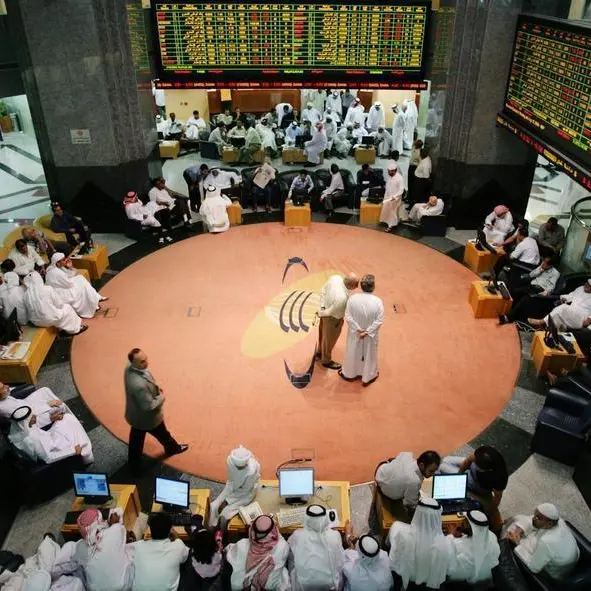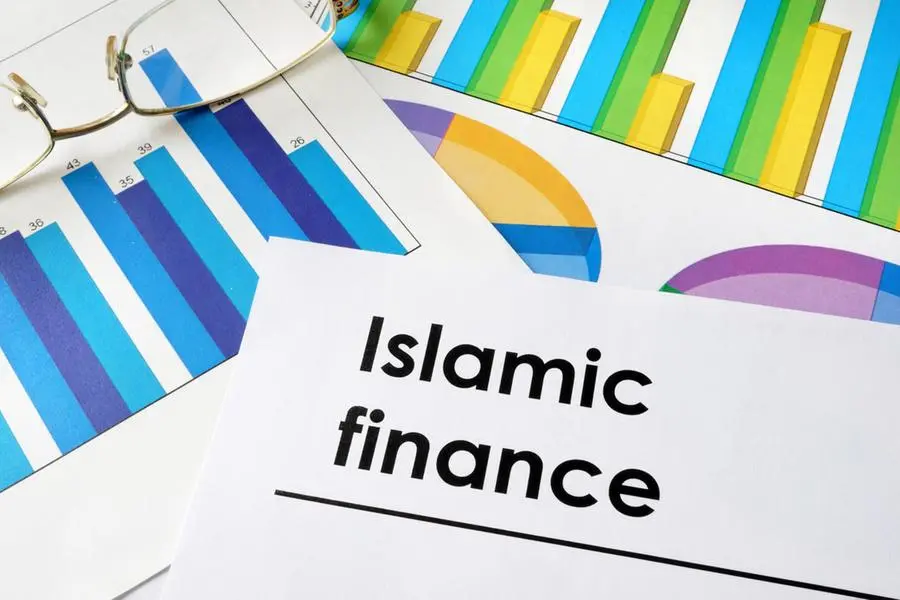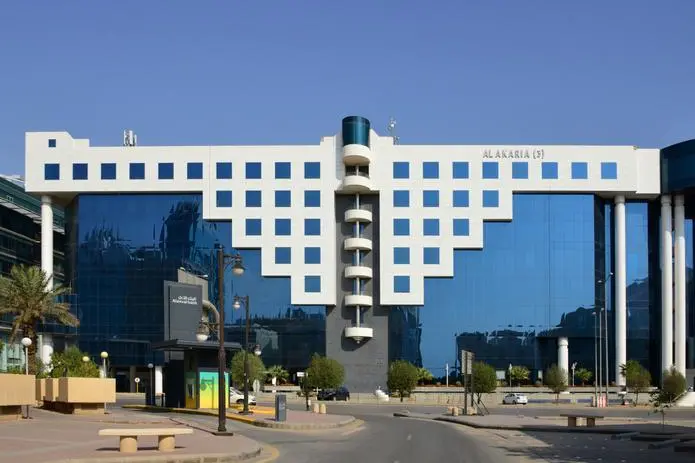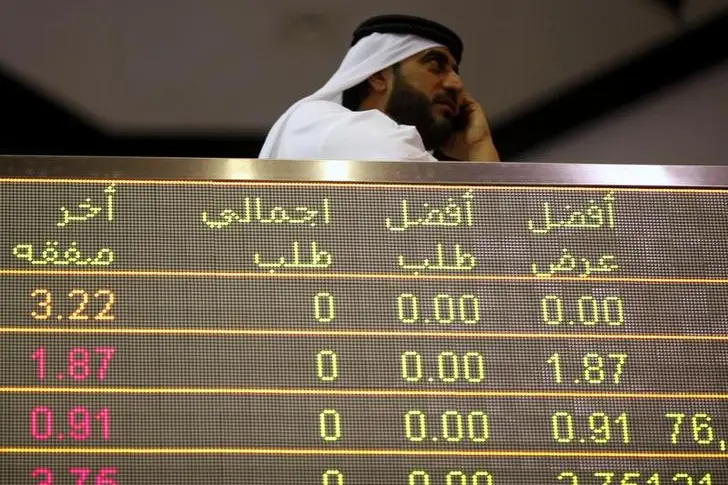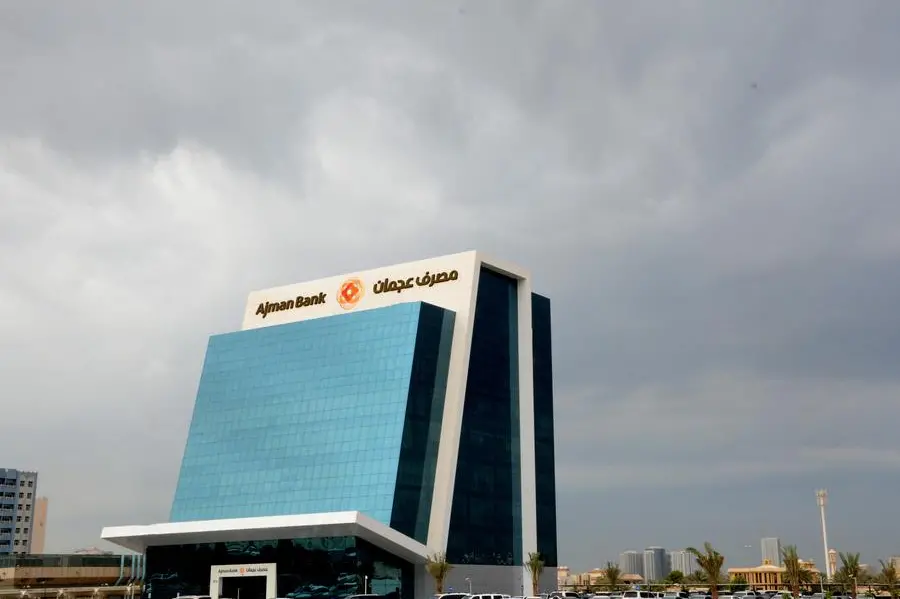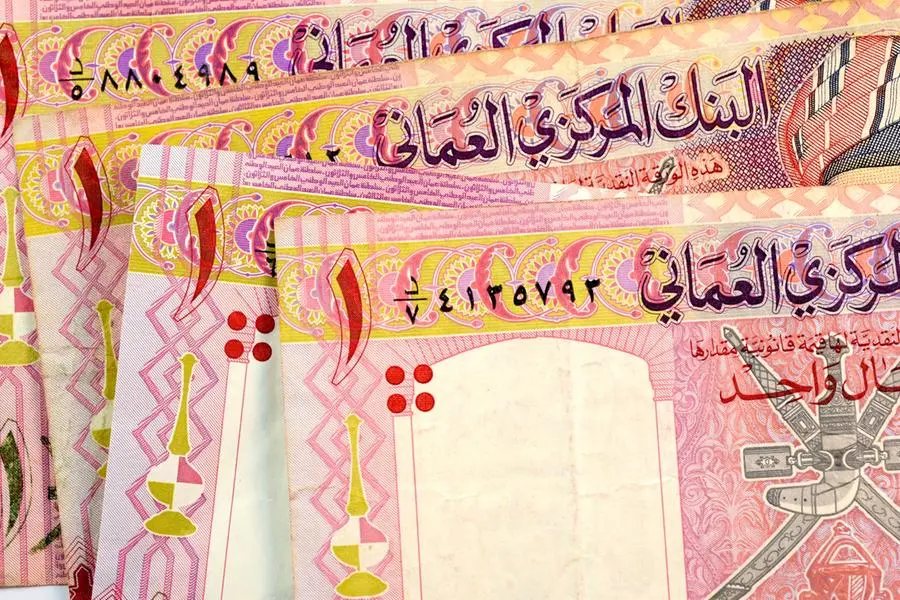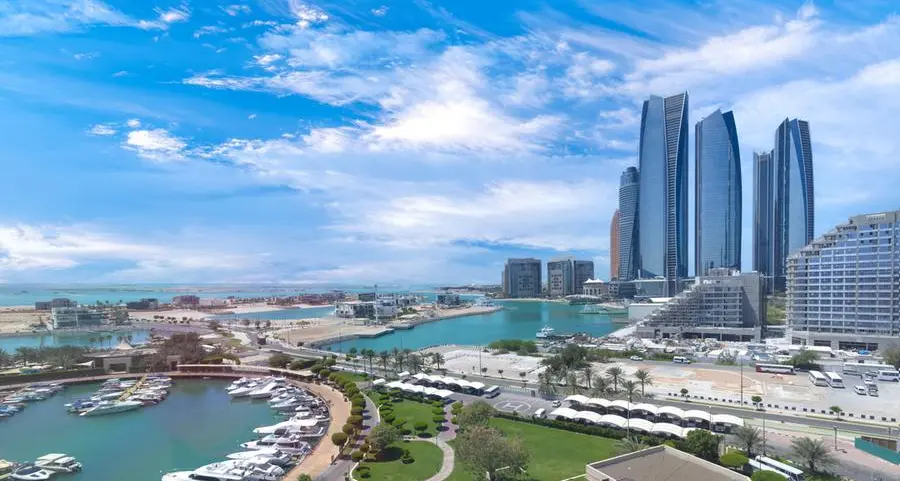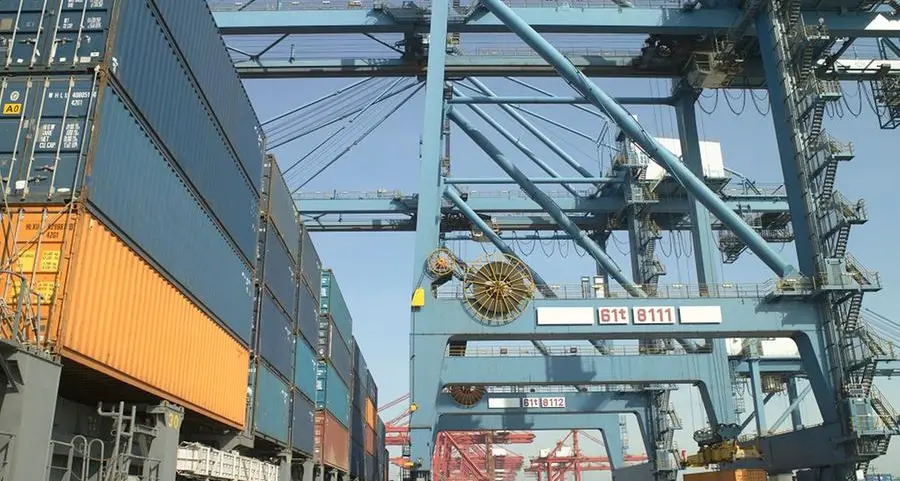PHOTO
Twilight view of Muttrah corniche in Muscat, capital of Oman. Getty Images Image used for illustrative purpose
Water is essential for life, shapes our landscapes, and fuels our daily routines. But what happens when there’s not enough to go around? Across the globe, water scarcity has transformed from a distant worry into an immediate crisis, and in arid regions like Oman, the pressure is mounting.
A century ago, only about 14% of the world’s population struggled with water shortages. Fast forward to today, and a staggering 58% - around 3.8 billion people - face severe water scarcity at least part of the year (UN Water, 2024).
That’s not just a statistic; it’s a warning. The taps are running dry in more places than ever before, and this crisis is not confined to a few drought-prone regions - it’s affecting countries across all continents.
The past year has set grim records. In 2023, global river flows hit their lowest recorded levels, making it the driest year for rivers in three decades (World Meteorological Organization, 2024). More than half of the world’s major river catchments experienced significant deficits, affecting crucial waterways such as the Amazon, the Mississippi, and key sources across the Middle East and Asia (The Guardian, 2024).
The effects ripple far beyond the rivers themselves -diminished flows mean less drinking water, failing crops, and rising tensions over shared resources. Farmers are struggling with unpredictable rainfall, cities are imposing water restrictions, and entire ecosystems are under threat.
For Oman, a country that has long thrived in a desert environment, water management is nothing new. The ancient aflaj irrigation systems, some over 2,000 years old, still channel water to communities, a testament to the ingenuity of past generations. Today, Oman continues to innovate, relying heavily on desalination plants to meet growing water demand. But even cutting-edge technology has its limits.
The challenges are escalating. Rising temperatures, rapid urban expansion, and increased industrial water use are putting unprecedented strain on existing resources. A 2023 study warns that by 2050, the Arabian Peninsula will face extreme water stress, with Oman among the nations needing urgent, long-term solutions (Reuters, 2024). The World Bank further estimates that by 2050, over half of the world’s population will be living in water-stressed areas, with 1.8 billion people facing absolute water scarcity as early as 2025 (World Bank, 2024).
In the face of these stark projections, Oman is taking decisive action. Investments in water recycling, efficient irrigation, and sustainable infrastructure are becoming national priorities. Research into cloud seeding, wastewater treatment, and underground water storage is gaining momentum. Meanwhile, individuals and businesses are being urged to adopt water-saving technologies and rethink consumption habits.
Water scarcity isn’t a crisis of the future - it’s happening now. Across the world, from the mountains of South America to the deserts of the Middle East, communities are confronting a new reality: water is no longer a limitless resource. The question is no longer whether we can adapt, but how quickly we must act.
The writer is a Media and Communication Master’s graduate skilled in diverse writing formats, specialising in storytelling, branding, and in-depth journalism
2022 © All right reserved for Oman Establishment for Press, Publication and Advertising (OEPPA) Provided by SyndiGate Media Inc. (Syndigate.info).





